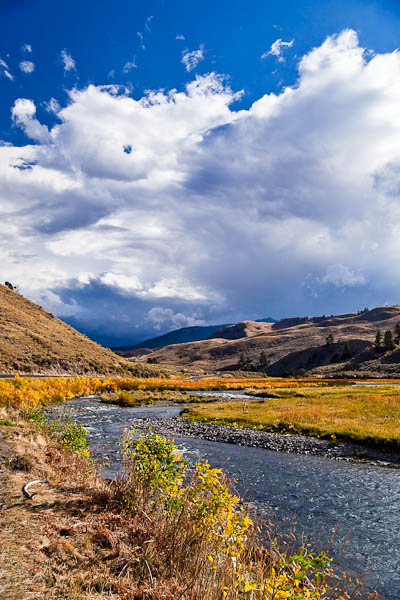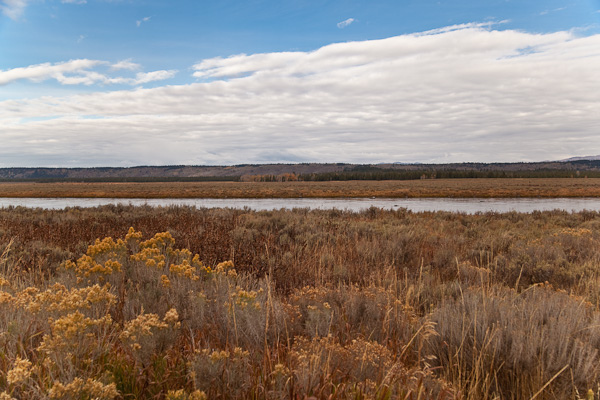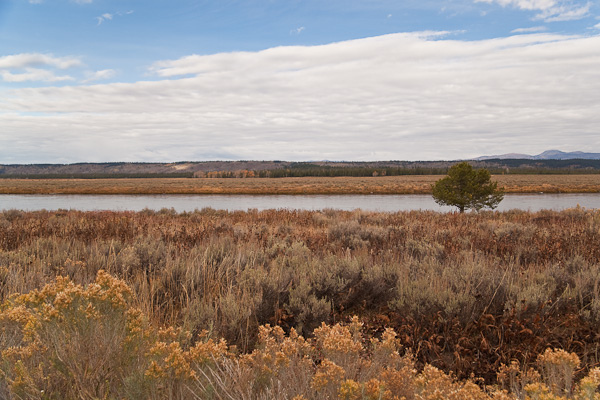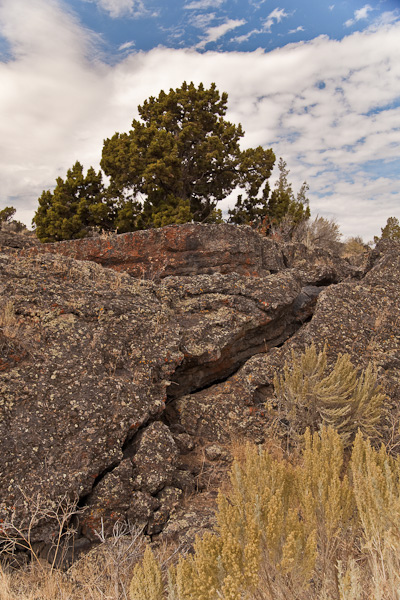Purchase Tramadol Cod Even though I am safely home–and planning my next trip, a quick visit to NYC to visit family–I am still editing photos from my 16 day circle tour of a dozen of the West and Southwest National Parks and Monuments. This travelogue may last much longer than the original vacation did!
https://www.petwantsclt.com/petwants-charlotte-ingredients/ With the next sets of photographs, I’m backtracking a bit. I had left Yellowstone and wandered into Idaho for the last few posts, but I’m taking a detour back into the northwestern corner of Yellowstone National Park to present a few photos that I think are perfect for autumn viewing. Not much color in the trees–evergreens tend to stay ever green–but the colors in the grasses I found quite astonishing.
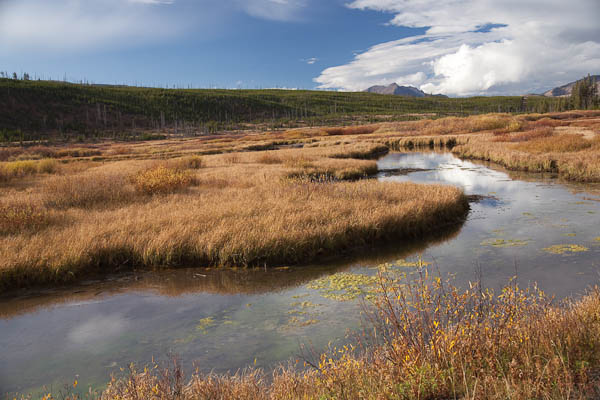
https://www.petwantsclt.com/petwants-charlotte-ingredients/ Yellowstone Meadow and Stream © 2010 Bo Mackison
I’ve never seen Yellowstone in autumn before — what a splendid time to visit. The crowds were down to just the right number of companionable people to converse with while gazing in wonder at the scenery. The temperatures were in the low 70˚s during the day and in the low 40s at night, so we were comfortable hiking all day long and snuggy warm in our little teardrop trailer at night. And the grasses had turned a brilliant combination of yellows, golds, and russets. These grasses, combined with that bluest of blue Western sky and those purple mountains — what a photographer’s delight.
These photographs were taken on our last full day in the park (October 5) when we traveled to the northern entrance of Yellowstone (Gardiner, Montana) because it was cloudy and gray and soon to rain in the geyser regions. When we mentioned to a park ranger our thoughts about the prospects of getting drenched in a storm on a geyser walk, she suggested we instead head north 30 miles to the Mammoth area as “they had clear skies last time I checked, about a half hour ago.”
We did go to Mammoth. The skies were not exactly clear, but they were full of gigantic, moody clouds with plenty of blue skies to balance things out. After exploring the Mammoth Hot Springs Hotel, Fort Yellowstone (Yellowstone National Park was run by the army in the early 1900s), and the Mammoth Hot Springs Terraces, we took a leisurely drive from Mammoth back to the Madison area where we were camping. Much of the road ran alongside this river which in turn ran through meadows, rocky terraces, and around more than a few mountains.
If you look closely, you might notice the stands of evergreens in the background. They are filling in nicely with lodgepole pines, maybe 8-12 feet high, but you can still see many of the trees burned in the 1988 fire.
